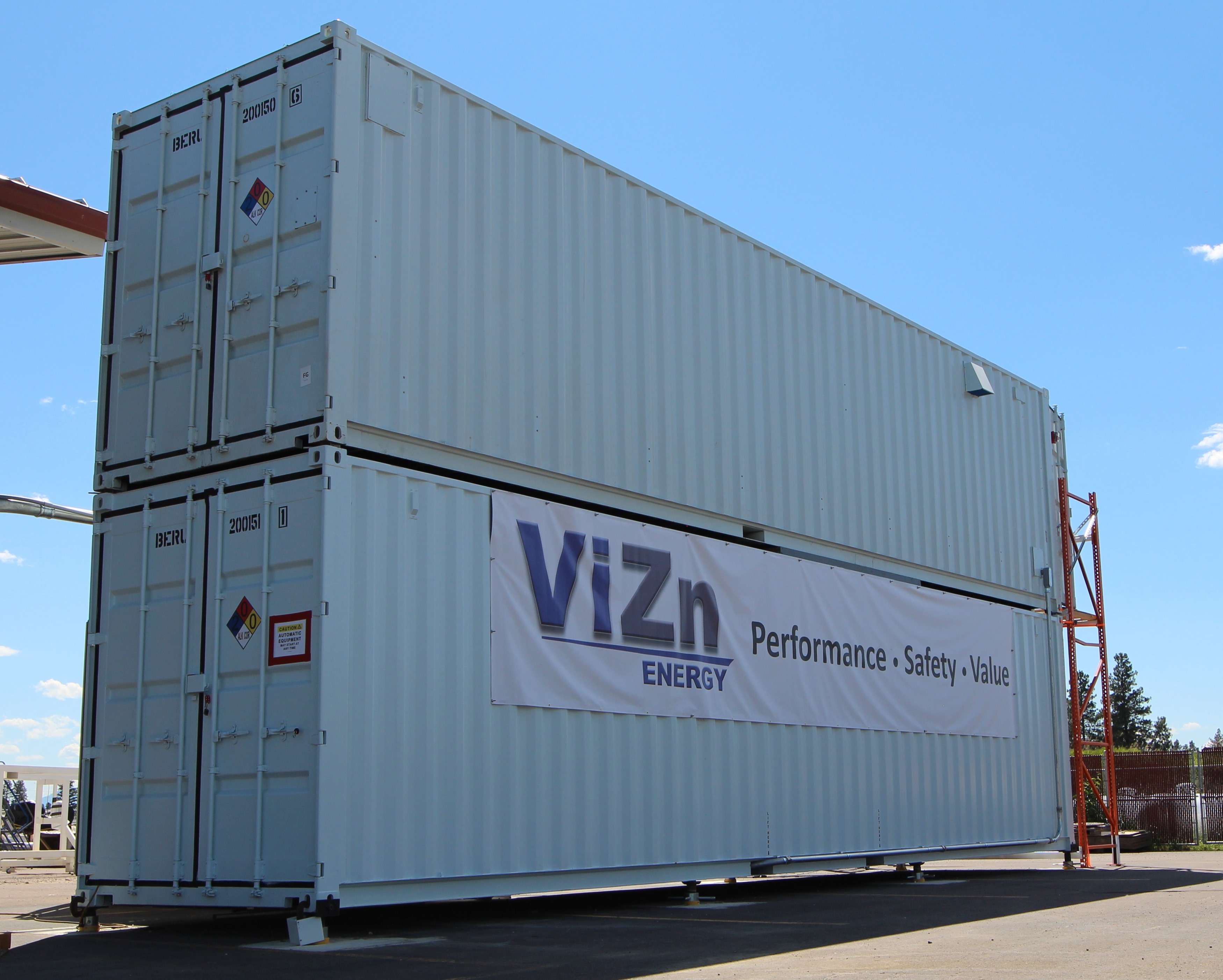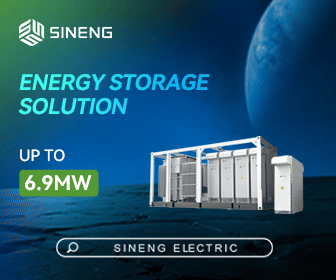Maximizing Project Revenue with Versatile Batteries That Deliver Energy AND Power Services
The economics of battery energy storage already make sense in many tightly-defined use cases, such as peak shaving in places like California, where the demand charges are significantly high. As a result, most battery storage systems are engineered to be "one trick ponies" for a particular application, usually divided into a power service (rapid discharge at high power) or an energy service (slower release of energy at lower power). Some examples of power services are (the previously mentioned) peak shaving, frequency regulation, voltage support, and black start. Energy services encompass applications such as time-of-use management, increased PV self-consumption, backup power, transmission deferral, and energy arbitrage. Most battery storage technologies today are engineered to deliver either energy services or power services, but not both. This is done to maximize their effectiveness at the service they are designed to perform. However, to maximize project revenue and savings, an adaptable storage asset that has been proven to perform both power and energy services - such as a zinc-iron flow battery - is the best solution, as illustrated by the following use-cases.
 PJM
PJM
A multipurpose battery storage asset will be able to optimize performance, at both power and energy services, to stack revenue streams. This is essential to improve not only the project's current economics and ongoing ROI, but also helps "future-proof" high-capital assets against unforeseen market fluctuations. For example, the PJM regional transmission organization (RTO) that coordinates the movement of wholesale electricity in all or parts of 14 Eastern U.S. states, recently announced that they intend to change the frequency regulation signal from 15 to 30 minutes. This may seem like a small change, but could affect most of the 400 MW+ lithium systems installed in the PJM region, in that they could no longer economically participate in the ancillary services market; they would essentially become (very expensive) stranded assets. Operators must make very tough choices between running the batteries longer across the new signal (accelerating the rate of decay), or de-rate the batteries on nameplate power, and reduce project revenue by 50 percent to maintain their performance score. It's a no-win choice either way, but could easily be avoided with the installation of a storage asset with broader capabilities, such as a zinc-iron redox flow battery.
Microgrids
Islands and/or remote facilities that have historically depended heavily on diesel fuel for their power needs are increasingly turning to renewables as a cleaner, cheaper alternative. Microgrids have gained conceptual traction; battery storage can help complete the equation by storing, and then releasing energy during time periods where the intermittent assets aren't producing. But to truly operate as a smaller-scale grid, microgrids require both long duration energy and high-power grid forming services, because the batteries will need to have the ability to drive power across a wide range of state of charge for a duration of three to five hours - twice a day - to optimize the integrated renewables. The ability to handle that heavy of a duty load for up to 20 years while also reducing diesel fuel consumption can have a significant positive impact on the energy costs of isolated, off-grid locations.
Co-ops and Munis
Cooperative and municipal utilities that are increasingly incorporating solar + storage into their generation mix, have a unique set of requirements. On the power side of the equation, peak demand charge reduction, peak transmission charge reduction, and ancillary services such as voltage support, are all critical services for smaller scale grids. But energy applications are equally important as substation upgrade expense deferral; back-up power for mission critical community load; and the elimination of the risk of renewable energy back-feed to upstream G&T are all vital services that energy storage can provide. Deploying one well-rounded asset, rather than multiple single-purpose engineered battery storage systems, provides stronger ROI and frees up capital.
Large Scale Solar and Wind
In recent years, grid-scale solar and wind have dramatically increased as a percentage of the world's energy generation mix. That trend is expected to further increase as the economics of renewables compared to fossil fuels and nuclear continue to improve. Large percentages of intermittent power on the grid present significant challenges to maintaining stability, but versatile battery storage can turn large scale solar and wind installations into model "grid citizens". To accomplish this, energy storage needs to perform power applications such as absorbing cloud chop, and enabling wholesale services. At the same time, battery storage needs to deliver energy services such as increasing capacity factors, ramp rate control, accommodating more DC kWh per site, facilitating more afternoon power, eliminating curtailment, efficiently using CREZ-like RE transmission, and empowering participation in capacity markets.
Energy storage can provide numerous valuable services in today's energy markets. Single-application engineered solutions can be very productive at performing their designed service, but if the goal is to maximize revenue and future-proof storage assets, functional versatility is the optimal solution.

Mike Grunow is Vice President of Marketing at ViZn Energy Systems, which has created a revolutionary zinc-iron redox flow battery energy storage solution that is safe, reliable, cost effective, and versatile enough to meet the needs of today's ever-changing energy landscape.
ViZn | www.viznenergy.com
Volume: 2017 May/June









